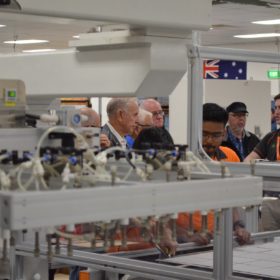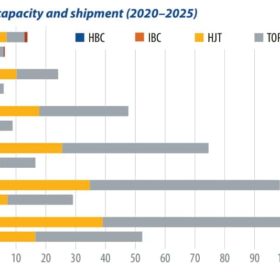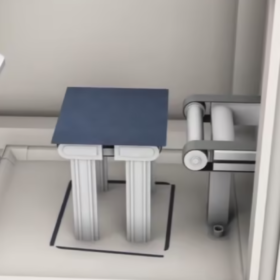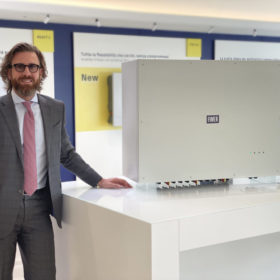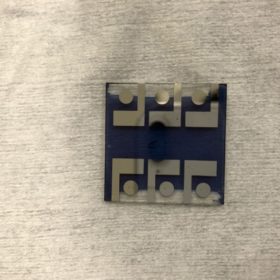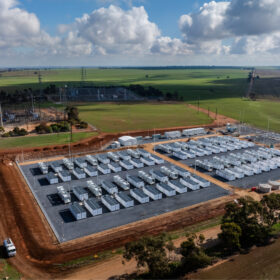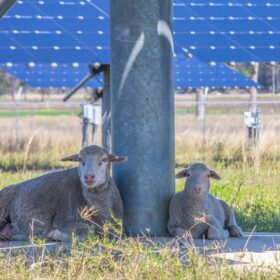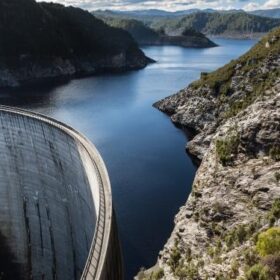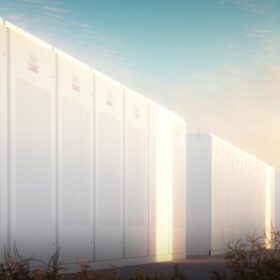Australian solar module manufacturer sets sights on world stage
Australian module manufacturer Tindo Solar is confident it can compete with the world’s biggest manufacturers having received a financial fillip as part of the federal government’s $55 million Manufacturing Modernisation Fund.
Biden’s US ban on solar imports from China’s Xinjiang province stirs strong reactions
The Biden Administration’s decision to ban solar imports from four Xinjiang-based polysilicon manufacturers, Hoshine Silicon, Daqo, East Hope, and GCL New Energy Material, has already raised concerns. One analyst warns of a “significant negative impact” across the U.S. solar industry.
PV-driven air conditioner coupled with ice thermal storage
Researchers in China have built a PV-powered air conditioner that can store power through ice thermal storage. The performance of the system was evaluated considering operating efficiency and stability and the scientists found that a device relying on a variable-speed compressor and an MPPT controller showed very good ice-making capability.
Sunday read: N-type cell development
This year, PV cell manufacturers will face the challenge of transformation. Apart from adjusting the ratio of production for different-sized cells, some manufacturers are turning to next-generation opportunities, shifting investment from p-PERC to n-type technology. PV InfoLink Analyst Amy Fang discusses the issues facing n-type cell development this year.
Risen Energy makes $13.35 billion move into Southeast Asia
China-based Risen Energy is expanding its global footprint, the solar PV manufacturer and project developer announcing plans to construct a $13.35 billion mega production facility in Malaysia.
‘World’s cheapest wafer’ maker plans 2 GW Indian fab
The American business is looking for module manufacturing partners as it plans to bring its ‘direct wafer’ production technique to India. The company uses molten silicon to form wafers rather than sawing ingots, thus eliminating dust waste and speeding up the process.
Fimer launches two new inverters for large scale projects
The Italian manufacturer has showcased a high-power multi-MPPT string inverter and modular conversion solution – designed to supply both decentralised and centralised systems.
Solar energy collectors… grown from seeds!
Rice University engineers produced “near-perfect” 2D perovskite crystals for photovoltaic applications, grown from seeds.
JinkoSolar, Longi, JA Solar claim 182mm modules offer lowest LCOE for utility scale solar
In a white paper, the three Chinese module manufacturers have reiterated the well-known refrain “bigger is not always better.” Experts from the three companies compared the BoS costs of 182mm-wafer-based modules and 210mm products, and found that the former have a slight advantage in racking, foundation, and land costs.
Organic solar cell with 18.4% efficiency via new electrode coating
Saudi scientists built the cell’s electrode with a hole-transporting molecule called Br-2PACz and not with the commonly used PEDOT:PSS. It helped improve the photovoltaic cell efficiency by around 0.9%.
